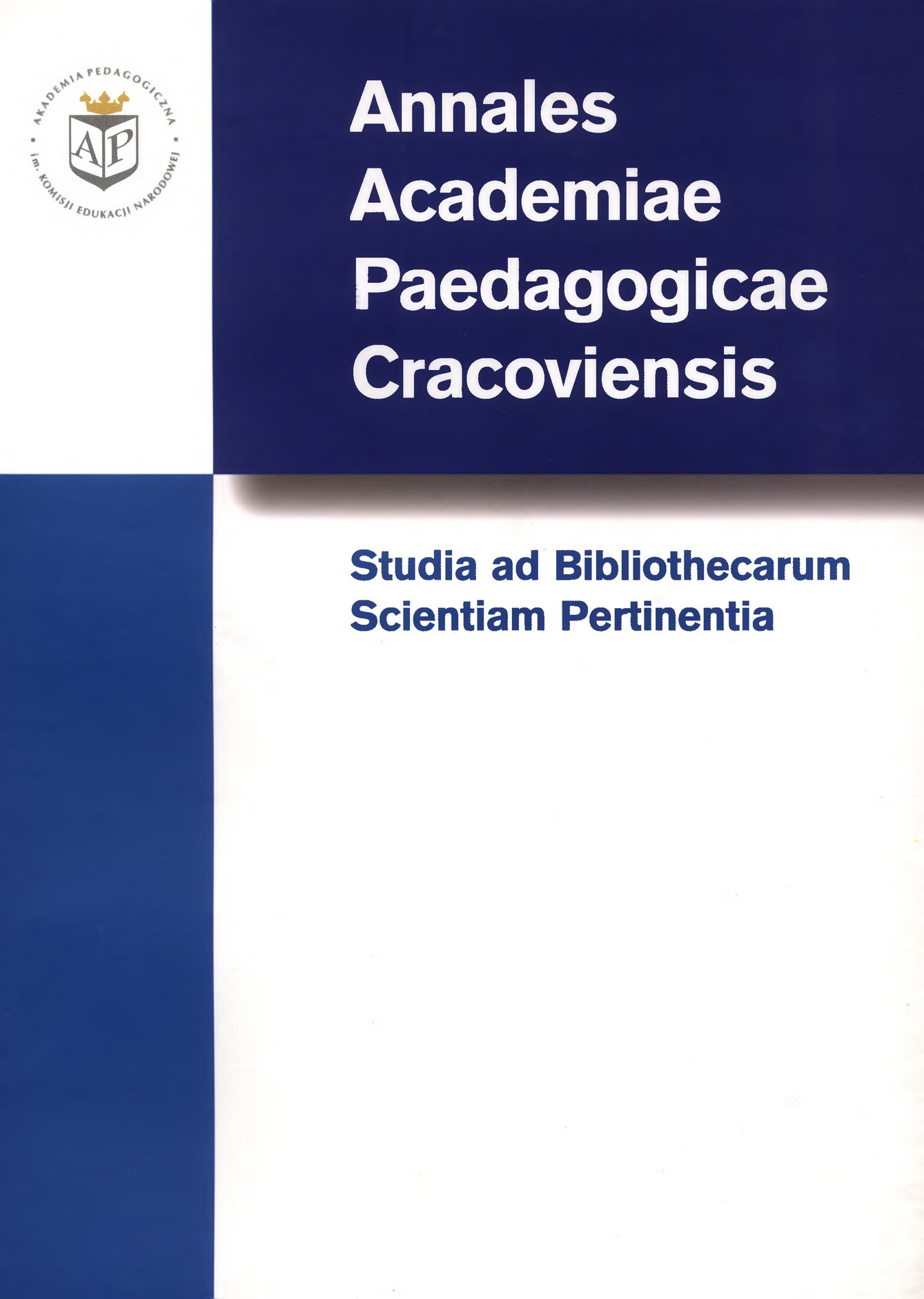Cudowna kreacja przestrzeni w powieści Selmy Lagerlöf o nilsie holgerssonie
Keywords:
Lagerlöf Selma (1858-1940), powieść młodzieżowa szwedzka, historia, 1901-1914 r.Abstract
[Wonderful creation of space in Selma Lagerlöf’s story of Nils Holgersson]The Wonderful Adventures of Nils (Nils Holgerssons underbara resa genom Sverige) by Selma Lagerlöf employs one of the most frequently used literary themes - a journey. The story is explicitly didactic. First of all, it was written with the school education in mind, and it was supposed to be a lecture on geography and history of the motherland, delivered in the form of a story, which would be attractive for children. Secondly, similarly to Scandinavian sagas, the hero struggles with his weaknesses, and his adventures are accompanied by the clearly pictured world of values; almost each fragment of the text contains a moral which indicates the appropriate behaviour. Space fulfils an important role in the novel. It is the main theme of the story; it is also an element that undergoes various changes. It is simultaneously a particular geographical area that sets up the story frames, and mental space, a route that heroes must follow to reach katharsis. The literary space is filled by nature, total in character. A part of it are elements of civilization and culture: towns, people, and all effects of their work. In spite of great geographical particularity (the text contains a couple hundred place names), Selma Lagerlöf’s novel remains a carrier of universal values and can be read and understood also without reference to the map of Sweden.
Downloads
Published
2008-03-30
How to Cite
Rogoż, M. (2008). Cudowna kreacja przestrzeni w powieści Selmy Lagerlöf o nilsie holgerssonie. AUPC Studia Ad Bibliothecarum Scientiam Pertinentia, 6, 39–49. Retrieved from https://sbsp.uken.krakow.pl/article/view/873
Issue
Section
Artykuły / Articles

